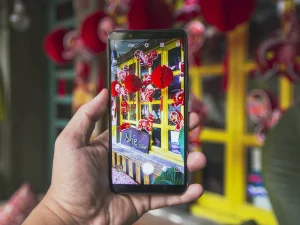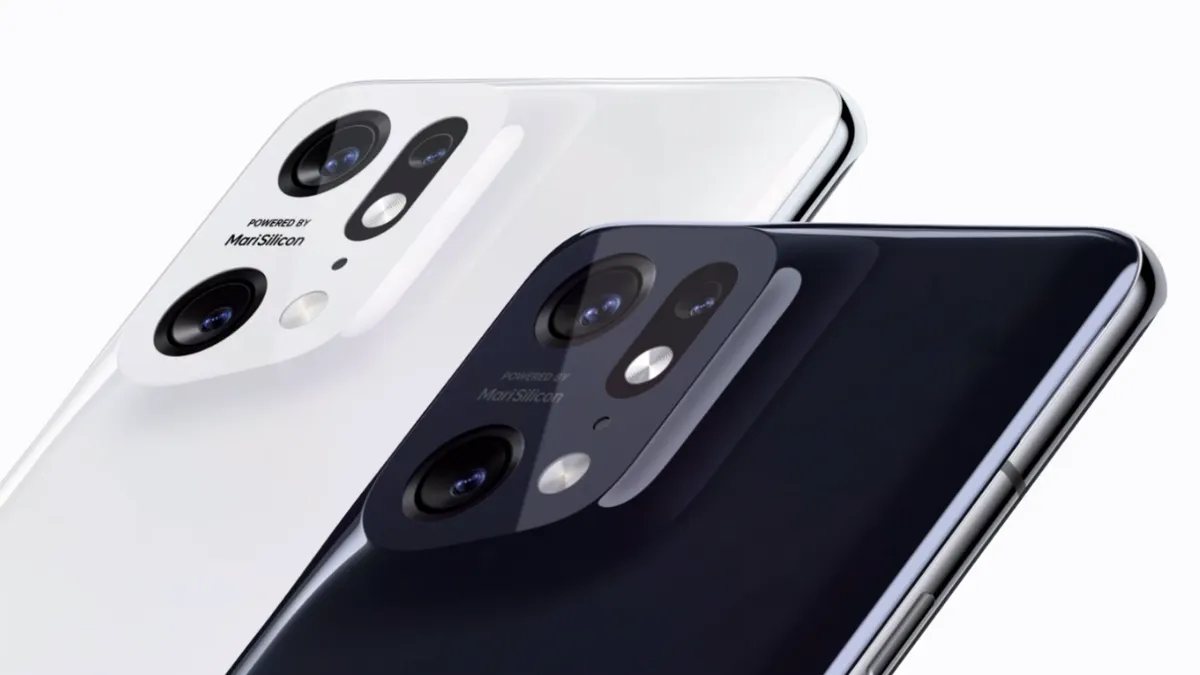Smartphone cameras have advanced significantly, and unlike in the past, it is now difficult to tell which smartphones have the most excellent camera.
There are many more factors you should consider; it isn’t only about the Megapixels anymore (it never was, really). The quality of the smartphone camera can be significantly impacted by seemingly unrelated aspects like processor, battery life, and storage.
Ultimately, everything comes down to the kind of photos you want to take. Do you prefer taking selfies and portraits, or are landscapes more your style? Once you’ve made that choice, all that remains is to identify the qualities that will work the best for that use.
Three components form the basis of all smartphone cameras.
- First is the lens that lets light into the camera.
- The second component is the sensor that turns the light photons focused into an electrical signal.
- The third component is the software that transforms those electrical signals into a picture suitable for Instagram.
You can take various images with a smartphone camera with multiple lenses, from ultra-wide to telephoto. This feature has been more prevalent recently and is anticipated to remain crucial in 2023.
Here are the Top 10 Camera features to look for in a smartphone in 2023.

A big sensor
Compared to SLR cameras, phones are much smaller, making it challenging to have giant sensors. Larger sensors typically do a better job of reducing noise and are more sensitive to light. Large sensors are also required for higher megapixel counts. Sensor sizes for smartphones range from Full Frame 36 X 24mm to 6.3 X 4.7mm. Sensors are essential, but they only provide part of the picture. In addition, large sensor phones are typically heavy and difficult to carry in your pocket.
Megapixels
There are restrictions to human vision. So, after a certain point, your eyes lose the ability to comprehend the intricacies of an image, no matter how detailed it is.
It would be best if you were sufficiently close to the platform on which you see the image to tell a 4K image apart from a 1080-HD image. And it takes more work to tell the difference between an 8K image and a 4K image.
So, all you need is a high-resolution smartphone camera, like a 48MP or 64MP model. By doing this, you’ll be able to take pictures with more detail, which will be very helpful for printing or enlarging them.
Bright Aperture
The aperture of a smartphone is a crucial but underappreciated feature. It would help if you noticed it when selecting your smartphone camera because it tells you how much light your smartphone sensor can capture.
Apertures on smartphones typically range from f/2.0 to f/2.4. Even though this might not seem like much of a difference in numbers, it is. F/2.0 is twice as effective as f/2.4 at transmitting light through the lens.
When it comes to taking photos in low light, this distinction might be crucial. Therefore, choose a wider aperture for better interior or nighttime photography.
Zoom (Optical zoom)
A smartphone has two forms of zoom: optical and digital. Unfortunately, digital zoom is only a little handy, no matter how good. In essence, it automatically crops and enlarges a piece of the image you are taking. Although this amplifies the picture, the quality suffers.
For example, if you cut the identical photograph after taking it without a digital zoom, the results would be similar.
On the other hand, optical zoom is when a camera makes an image appear larger than it is by using lenses. This is, in essence, the zoom.
Optical zoom is a more recent feature for cell phones than digital cameras. Therefore, a phone with even 2X optical zoom is a good deal.
Optical image stabilization (OIS)
Optical image stabilization technology is used in cameras and smartphones to help stabilize the parts of the device that take pictures, reducing or eliminating image wobble. With your iPhone in your hand, you can shoot sharper pictures, thanks to this.
OIS produces photographs that are crisper and sharper while reducing camera shake. This capability is especially crucial for video pictures taken in low light.
Night mode
The camera automatically enters night mode when it notices a low-light situation. When the feature is engaged, the Night mode icon at the top of the display glows yellow.
Your iPhone may capture a Night mode shot immediately or take a few seconds, depending on how dark the situation is. This feature has spread more widely in recent years, and in 2023, it’s anticipated to get much better.
AI-powered features
Artificial intelligence (AI) is now commonly used in smartphone cameras to enhance image quality. AI can, for instance, be used to recognize and track moving objects, modify exposure and contrast, and improve details.
The image you want to get on your screen is automatically “adjusted” by the AI and given a filter. Of course, you might need to switch off AI because the final image will get better, but this is only sometimes the case.
On a smartphone, AI is typically turned on by default. Then, you turn on the camera and press the shutter.
Flash (Look for front LED flash)
The majority of cell phones include an integrated LED flash. Although many smartphones have enhanced lighting features like a dual-tone LED flash, you can overcome this drawback using an external flash. For example, if you frequently take selfies at night, you want to search for a front LED flash.
Video (8K video recording)
As 8K video recording becomes more prevalent in high-end devices, 4K smartphone video recording has improved to 8K. With the help of this feature, you can record very detailed videos, which are valuable for amateur or professional videographers or for preserving memories in exquisite detail.
Human eyes find it difficult to distinguish between 4K and 8K, and 8K videos have great sizes. Therefore, a minimal number of devices only support them. 8K UHD offers a 7680 × 4320 pixels resolution and has the same 16:9 aspect ratio as most contemporary televisions and computer monitors.
“8K DCI” refers to the 256:135 aspect ratio, or 8192 x 4320 pixels, utilized for movie projection.13 Dec 2022
Pro mode
You can have more control over your images by manually adjusting settings like ISO, shutter speed, and white balance when in pro mode.
This tool is helpful for seasoned photographers who want to perfect their images. Autofocus (Face detection is a bonus).
In addition, there are differences between how our smartphone cameras record images and how we perceive things.
This difference is addressed with HDR functionality, which offers a higher dynamic range. While taking photos outside, this feature is much more helpful.
Some Other crucial elements you shouldn’t overlook
There are further aspects that, while not directly affecting the smartphone camera, will undoubtedly have an indirect impact.
In other words, these built-in capabilities are the foundation of a smartphone; with them, no matter how excellent the camera is, it will be worthwhile. Three of these crucial characteristics are:
The processor
When selecting the finest camera phone, a strong CPU is necessary because your phone cannot process photographs without one. As a result, before choosing a camera phone, you should study the CPU.
Storage
The images that your smartphone camera captures will be larger the better the camera is. However, if you are one of those individuals who take too many pictures and never delete them, then only settle for a 128GB phone. A 64GB is plenty for the needs of the majority of users.
Battery’s life
You shouldn’t snap images with a power bank camera attached because taking pictures with your phone drains its battery quickly.
Instead, it would be best to focus on the phone’s battery life while choosing the finest photography phone for yourself. Instead, pick the mobile devices with the most extended battery life.
Read Also: 5 Best budget smartphones under $300 in 2023
Some Smartphones with good cameras are:
Now that you’ve known what Camera features of Smartphones to look out for in 2023, here’s our suggestion on some phones with the above camera features.
- Apple iPhone 14 Pro Max. (This is the best iPhone yet for photographers)
- Samsung Galaxy S23 Ultra
- Apple iPhone 13 Pro Max
- Google Pixel 7 Pro
- Huawei P50 Pro
- OnePlus 11
- Samsung Galaxy S21 Ultra
- Huawei P40 Pro+

